The story of Alejandro Jodorowsky’s unmade Dune film is unlike anything else in cinema history. It brought together one of the best, most cerebral sci-fi novels of the modern era with the singular imagination of the man behind psychedelic cinematic masterpieces like El Topo and The Holy Mountain. Jodorowsky had decided, upon taking on the project, that he wanted the movie to be the biggest, most important work in cinema history. He certainly had the right material for it — Frank Herbert had written the book based on his readings of over 200 books on religion and philosophy, and critics had dubbed the book to be the most important and well-realized work of sci-fi fiction in modern times.
Jodorowsky’s grand vision took him down a wild journey that is filled with many unbelievable stories. Rigid and unrelenting, he wanted the absolute best creatives in the industry to work on his film, and he wasn’t concerned in the least about making it palatable to audiences or to producers. After recruiting some of the finest professionals for different aspects of production, and spending more than two rigorous years in pre-production, Jodorowsky’s boundless ambition ultimately proved to be too much for the movie’s producers.
But stories behind the making of this doomed film continue to be regaled among film enthusiasts, and the brilliant concepts created for the movie went on to make a definite impact in modern sci-fi cinema by influencing some of the most iconic sci-fi movies of today. Here are 9 wild facts about Jodorowsky’s Dune, the most ambitious movie that never got made.
9 Designed to Replicate LSD Hallucinations
Jodorowsky cut his teeth in avant garde theater, shocking audiences in different countries even before he made his feature film debut. Disturbing surreality and mystical symbolism was his bread and butter from early on, and he even went on to develop his own form of tarot-based therapy that he termed “psychomagic”. As such, Frank Herbert’s Dune was a book that was ripe for a Jodorowsky treatment. And his sights were certainly set high — he wanted his adaptation to give people the kind of hallucinations that people experience on LSD, without actually having to take the drug.
8 A Cast Full of Legends
A major part of the lore of Jodorowsky’s Dune was the efforts that he went to recruit his cast and crew. Jodorowsky had extremely high standards when it came to his team. He demanded that his team members be fully dedicated to his vision, and called them his "spiritual warriors." The people he managed to bring on board wouldn’t have appeared together even in the wildest dreams of any filmmaker, as they were composed of legendary actors and artists from totally unrelated fields.
Among his dream cast, Jodorowsky most desired to see the surrealist artist Salvador Dalí in his project, who he envisioned in the role of the Emperor. Dali, meanwhile, had a difficult condition — if he was to act in a movie, he wanted to be the highest-paid actor of all time, demanding a pay of $100,000 per hour. Jodorowsky agreed, but reduced the Emperor’s screentime in the script.
He also wanted to cast Orson Welles, whom he considered one of the greatest actors of the time. He agreed to play the role of Baron Harkonnen after Jorodowsky promised that he would be catered by his favorite chef throughout the entire filming process. Similarly, Mick Jagger was cast to play the role of Feyd-Hautha, which was played by Sting in the 1984 version of the movie.
7 Designs by H.R. Giger & Moebius
The visual design was the most crucial element in bringing Jodorowsky’s vision to life. So, he recruited three of the finest sci-fi artists of the time. French artist Jean Giraud, better known by the moniker Moebius, produced a storyboard for the entire movie composed of 3000 drawings. The British artist Chris Foss worked on the film’s spacecraft designs, based on Jodorowsky’s otherworldly imaginations. Finally, artist H.R. Giger was brought on to create the ominous designs for the villains’ planet.
6 Music by Pink Floyd
For the soundtrack, Jodorowsky wanted to work with the most popular musicians of the era. This is one of the most interesting bits of trivia about the unmade Dune movie. Jodorowsky wooed Pink Floyd to furnish the movie with its soundtrack, another masterstroke by the filmmaker, which would certainly have delivered great dividends had the movie ever been made. Among other things, Pink Floyd would have worked on the character theme for Leto. The French rock band Magma also became part of the project, and was to create the musical theme for the Harkonnen family.
5 The Beginning of the Universe
Jodorowsky truly believed that his Dune would be the greatest movie of all time. He was adamant about bringing to life every over-the-top idea to life, in all its magnitude. This applied to the movie’s opening scene as well. Jodorowsky was a fan of the opening scene in the 1958 movie Touch of Evil. Directed by Orson Welles, the movie features an iconic use of the long shot in its opening scene which Jodorowsky admired very much. He wanted to recreate the splendor of that original opening scene, but was determined to outdo it definitively. His opening to Dune would start in the vastness of the universe, panning across galaxies before settling down upon an attack on spice ships by pirates.
4 A Spiritual Test for Jodorowsky’s Son
At the center of the eclectic cast was Jodorowsky’s own son, Brontis, as Paul Atreides — the character played by Timothée Chalamet in the 2021 adaptation. Brontis was only 12 years old when his father cast him in the role. In order that he may convincingly play the role, Jodorowsky put his son through a brutal training regime that involved training in a variety of martial arts for six hours a day, seven days a week. He believed that this regime would help his son grow spiritually.
3 Significant Changes to the Lore
Despite the magnificent ideas that Jodorowsky had for his Dune adaptation, he admitted that he never got through reading the entire book. For him, an adaptation meant that the filmmaker could make changes to the original plot to serve their own vision. Consequently, the script that he came up with made some significant changes to the original lore, some of which changed the entire theme of Herbert’s original book. The biggest of them was in the ending. Jodorowsky’s script saw Paul beheaded at the end, with his consciousness merging with the planet Arrakis. Following this, Arrakis would transform from a desert planet to one filled with life, and would leave the galaxy to share its enlightenment with other worlds.
2 The Longest Movie Ever
The estimated runtime of the movie was one of the biggest factors that led Jodorowsky’s Dune to failure. His vision for the movie was highly original in every aspect, and that reflected in the length of its script. Frank Herbert described the script to be the size of a phone book, and it was estimated that the movie would have a runtime of around 14 hours. By modern conventions, that sounds like something ripe for a series adaptation. But in the mid-70s, when the project was ongoing, a 14-hour runtime was completely unimaginable for producers and audiences alike. But Jodorowsky was utterly unflexible in any aspect of his vision, and refused to budge on the matter of runtime.
1 The Most Influential Movie That Never Was
Despite never seeing the light of day, the effort made by Jodorowsky and his crew didn’t go to waste. Numerous designs and the entire storyboard to the movie were already completed by the time production shut down. According to the 2013 documentary based on this saga, these designs were later sent off to every major film studio out there. They went on to influence some of the most seminal sci-fi movies in the decades that followed — The Terminator, Star Wars, and most significantly the 1979 movie Alien, which saw multiple members from Jodorowsky’s design crew working on it.

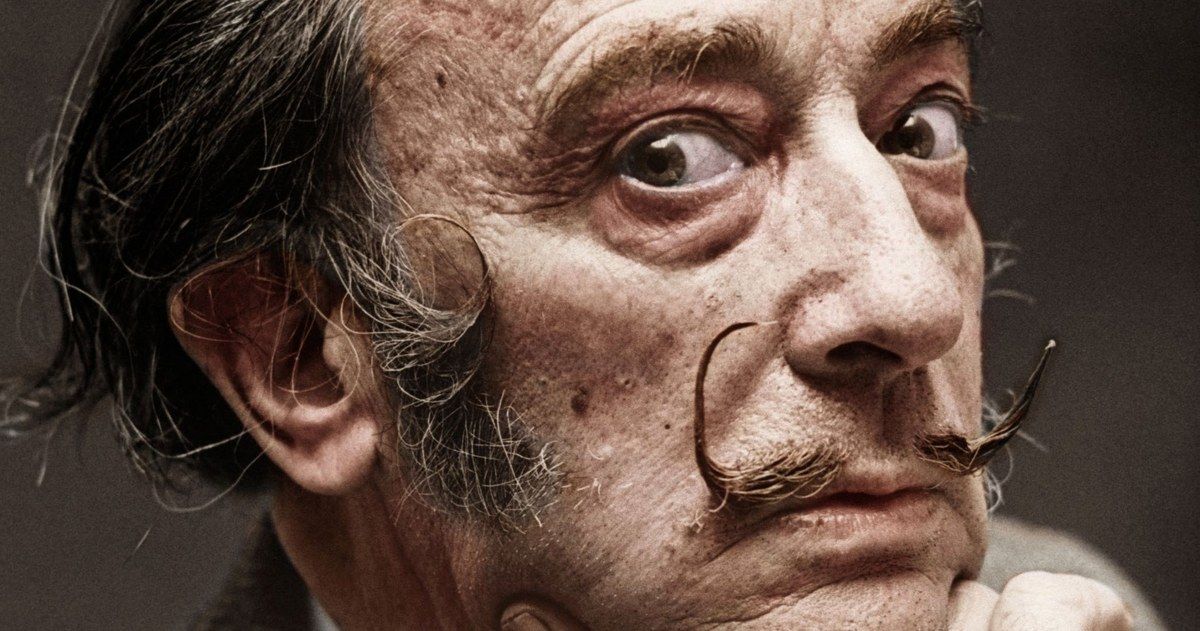

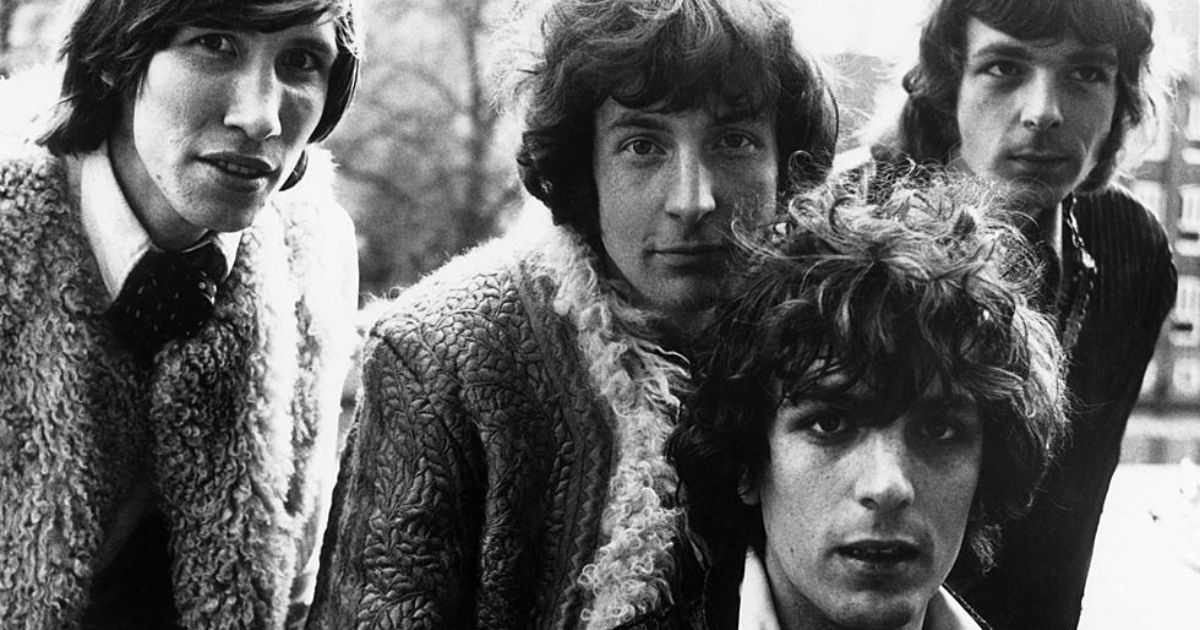


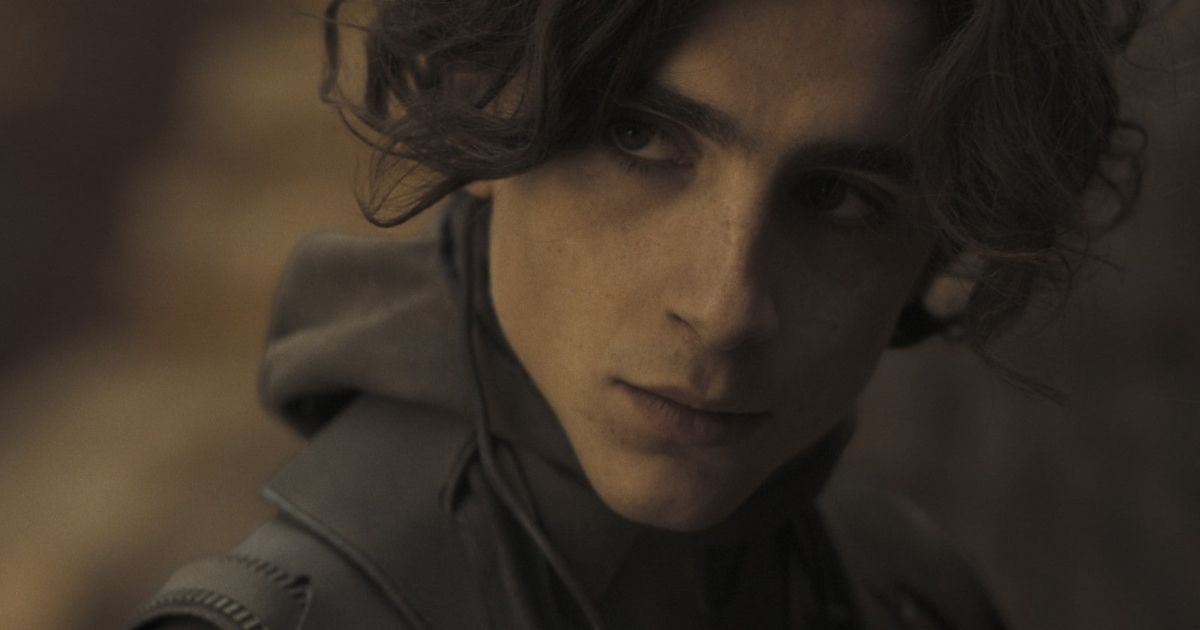
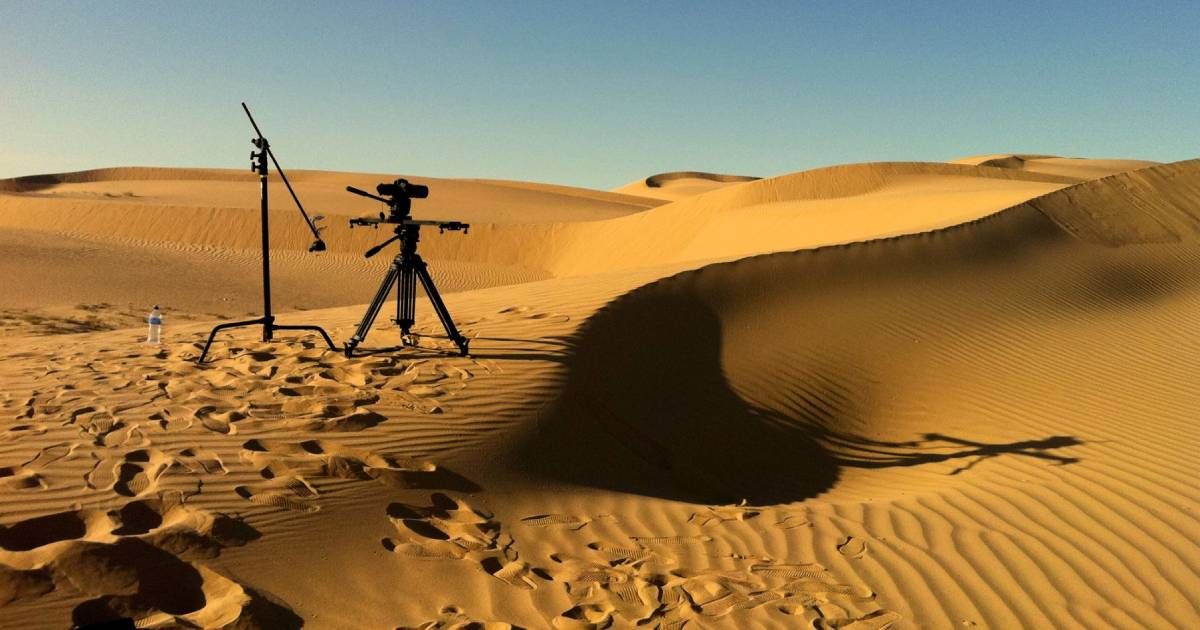
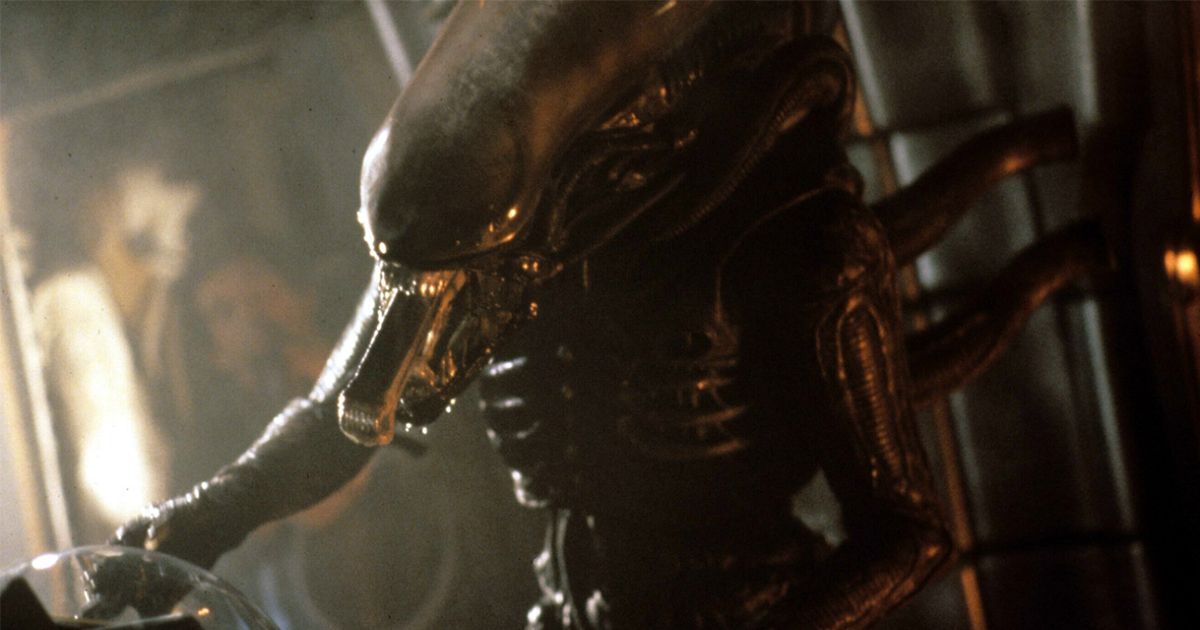
Comments
Post a Comment